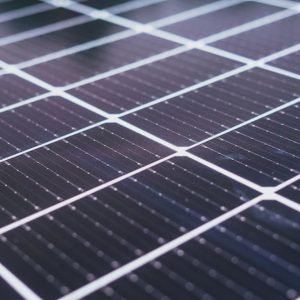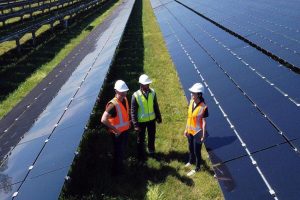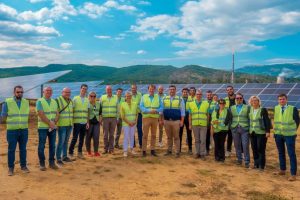How Long Do Solar Inverters Last
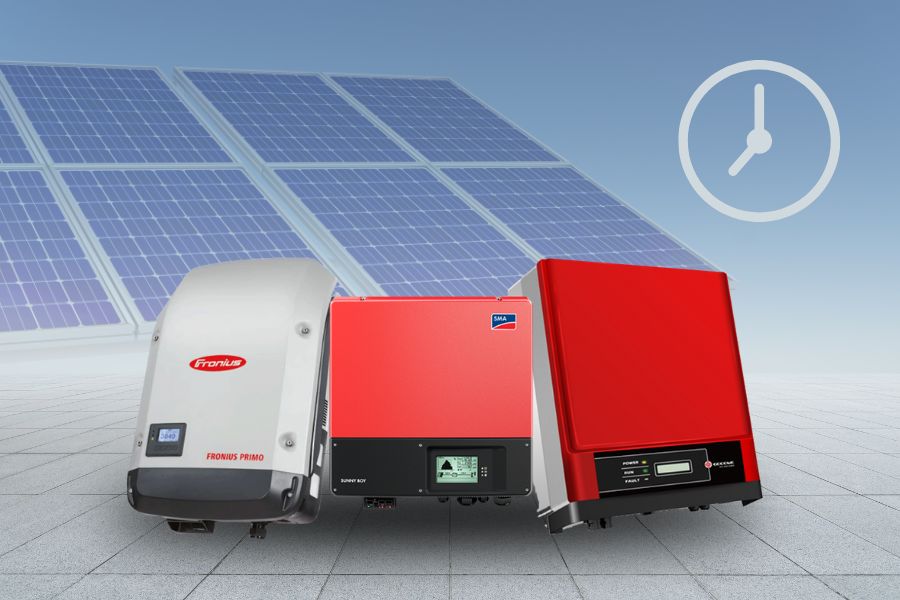
Solar energy has recently gained significant popularity as a clean and sustainable power source. A crucial component of any solar power system is the solar inverter.
It plays a vital role in converting the direct current (DC) generated by solar panels into alternating current (AC) that can be used to power homes and businesses. There are two main types of inverters: modified sine wave and pure sine wave inverters.
Choosing between these two depends on your specific power needs and the types of devices you plan to power.
Besides that, when considering investing in solar energy, it’s essential to understand how long solar inverters last land their impact on the overall system’s performance and cost-effectiveness.
This article examines residential solar inverters in their various forms, how long they last, and how resilient they are.
Understanding Solar Inverters
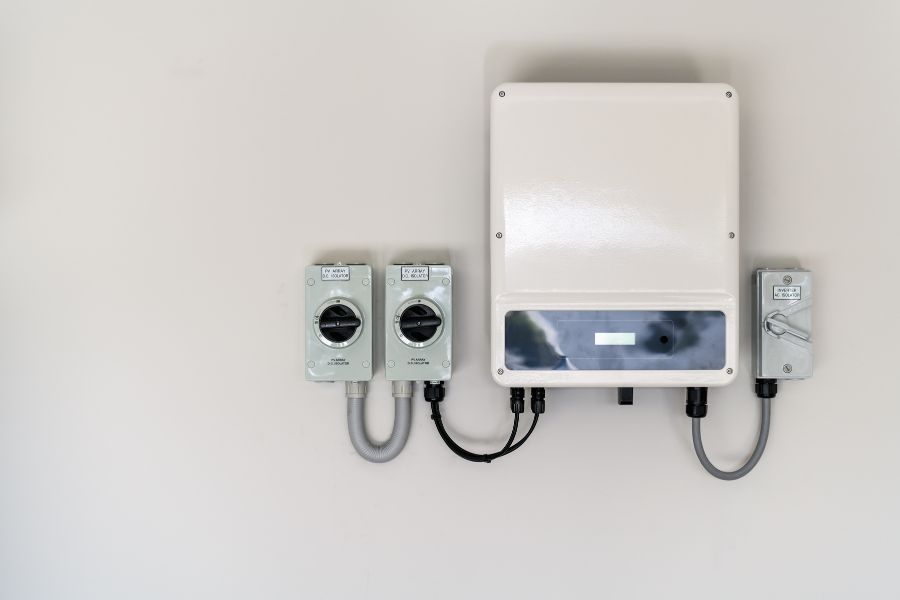
A solar inverter is a crucial component of a solar power system, converting the DC electricity generated by solar panels into AC electricity that powers electrical appliances, charges batteries, or feeds back into the electrical grid.
Acting as the system’s brains, a solar inverter optimizes the utilization of solar panel-generated electricity.
The inverter monitors the power output of the solar panels and maintains voltage levels to ensure efficient operation. It also plays a vital role in system safety, disconnecting the solar system in case of a fault. In addition, inverters enable remote monitoring, allowing system owners to track performance and troubleshoot issues.
String inverters are a common type of solar inverter used in solar panel installations. They are responsible for converting the DC electricity generated by a string of solar panels into usable AC electricity.
String inverters enable efficient power conversion for the entire solar system by integrating multiple solar panels into a string.
The Lifespan of a Solar Inverter
The lifespan of a solar inverter, such as a residential solar inverter or module-level power electronics, is influenced by several factors, including quality, usage patterns, maintenance, and environmental conditions. As an electronic device, a solar inverter experiences wear and tear over time.
On average, a solar inverter is designed to last between 10 and 15 years. However, advancements in technology and manufacturing have resulted in more robust and dependable inverters that can exceed this lifespan.
Some manufacturers even provide warranties for their inverters, ranging from 5 to 25 years, which offers additional reassurance to owners of solar panel systems.
The quality of the solar inverter is a critical factor in determining its longevity. Investing in high-quality inverters from reputable manufacturers can contribute to a longer lifespan and reliable performance.
Additionally, the usage patterns of the solar PV system can impact the inverter’s lifespan. Inverters operating at high loads or experiencing frequent power fluctuations may experience more significant stress and wear.
Regular maintenance and inspections are essential for maximizing the lifespan of a solar inverter. Cleaning dust and debris from the system, checking for loose connections, and ensuring proper ventilation can help prevent issues and prolong the inverter’s lifespan.
Lastly, environmental conditions can also affect the longevity of a solar inverter. Extreme temperatures, excessive humidity, and exposure to harsh weather conditions can impact its performance.
Installing the inverter in a suitable location, away from direct sunlight and in a well-ventilated area, can help mitigate environmental factors and extend its lifespan.
Factors Influencing Inverter Lifespan
Quality and Brand
The lifespan of a solar inverter, especially in residential solar systems and solar panel arrays, can be influenced by the quality of the inverter and the reputation of its manufacturer.
Opting for a reputable brand that produces high-quality inverters can significantly increase durability and reliability. It is crucial to research and select inverters from trusted manufacturers thoroughly.
Investing in an inverter with the appropriate capacity for the specific residential solar system or solar panel array is also essential. Choosing an inverter that matches the power output of the solar panels helps optimize performance and reduces the risk of overloading.
The likelihood of solar array failures can be significantly minimized by prioritizing quality and selecting inverters and solar panels from reliable brands. Taking the time to evaluate the reputation and track record of inverter manufacturers can ensure the longevity and reliable operation of the solar power system.
Usage Patterns
The way a solar panel system utilizes the inverter can have a significant impact on its lifespan. Inverters constantly operating at high loads or experiencing frequent power fluctuations are more prone to stress and wear.
System owners need to ensure that the inverter is appropriately sized and matched to the requirements of the solar panel system. System owners can optimize its performance and extend its lifespan by selecting a suitable inverter.
When using a string inverter, it is essential to consider the load distribution across the solar array. Imbalanced loads or shaded panels can reduce efficiency and increase strain on the inverter.
Solar array failures occur when proper care and management are lacking. System owners can minimize the risk of inverter failure by carefully managing the usage patterns and ensuring proper load distribution.
Maintenance
Regular maintenance and periodic inspections are crucial to extending the lifespan of a solar inverter. Cleaning the inverter to remove dust and debris, checking for loose connections, and ensuring proper ventilation are essential maintenance practices.
System owners should follow the manufacturer’s guidelines and seek professional service assistance when needed.
Proper maintenance helps optimize the performance of the inverter, especially when considering the inverter capacity and the risk of potential solar array failures. Neglecting maintenance can lead to decreased efficiency, increased wear and tear, and potential malfunctions.
By prioritizing regular maintenance, system owners can mitigate the risk of inverter failure and ensure the long-term reliability of their solar panel system.
Environmental Factors
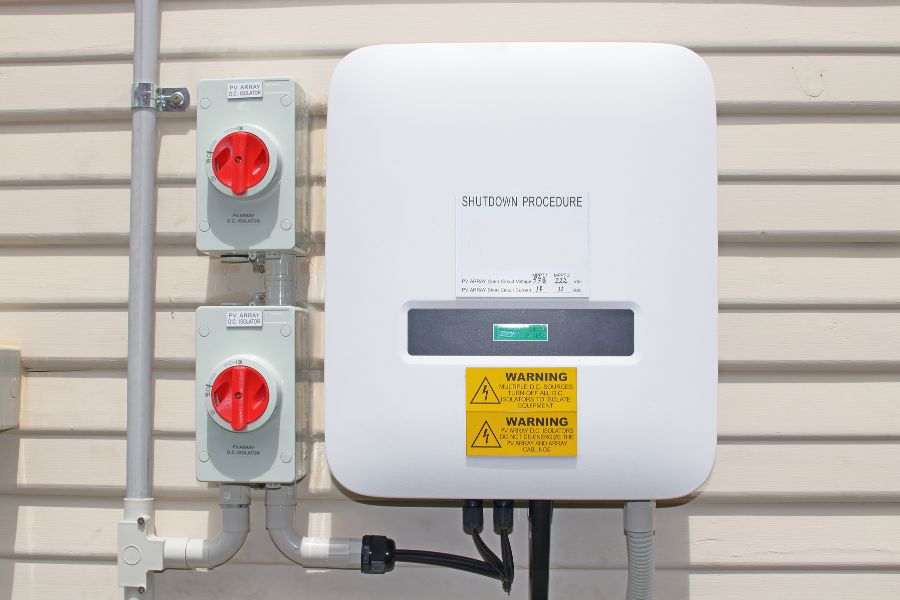
The operating environment can influence the lifespan of a solar inverter, especially string inverters. Extreme temperatures, high humidity, and exposure to harsh weather conditions can impact the performance and longevity of the inverter.
To mitigate the effects of environmental factors, installing the inverter in a cool, well-ventilated a is shielded from direct sunlight is advisable.
By creating a favorable operating environment, system owners can help maximize the lifespan and ensure the reliable operation of their string inverters.
Inverter Failure and Replacement
Despite the efforts to ensure the durability and longevity of a solar inverter, occasional failures may occur. Various factors, including component wear, manufacturing defects, power surges, or lightning strikes, can cause inverter failure.
When an inverter fails, it may require repair or replacement, depending on the severity of the issue and the warranty coverage.
Warranty Terms and Coverage
When it comes to a string inverter, system owners should familiarize themselves with the warranty terms provided by the manufacturer. Different components of the string inverter may have varying warranty periods. Reviewing the warranty coverage for the specific issue at hand is crucial.
In a failure, it is essential to consult the warranty terms to determine the appropriate steps.
Understanding the warranty terms and coverage ensures that system owners can make informed decisions and take the necessary actions in case of any issues with their string inverter.
Contacting the Manufacturer or Authorized Service Provider
In the event of an inverter failure, contacting the manufacturer or an authorized service provider for assistance is essential.
These professionals have the expertise and knowledge to assess the issue and provide appropriate solutions. They can guide you through the repair or replacement process in compliance with warranty requirements.
Warranty-Related Repair or Replacement
If the inverter is still within the warranty period, the manufacturer or service provider may offer repair services or replace the faulty components. In such cases, the cost of repair or replacement is typically covered by the warranty.
Following the manufacturer’s instructions and procedures is crucial to ensure warranty compliance and avoid voiding the warranty.
Non-Warranty Repair or Replacement
In situations where the warranty has expired or does not cover the specific issue, system owners will likely be responsible for the cost of repair or replacement.
Contacting a qualified professional or authorized service provider to assess the problem and provide a solution is advisable. They can offer expert advice on whether the repair is feasible or a new inverter is necessary, considering cost, efficiency, and compatibility with the existing solar power system.
Regular Monitoring and Maintenance
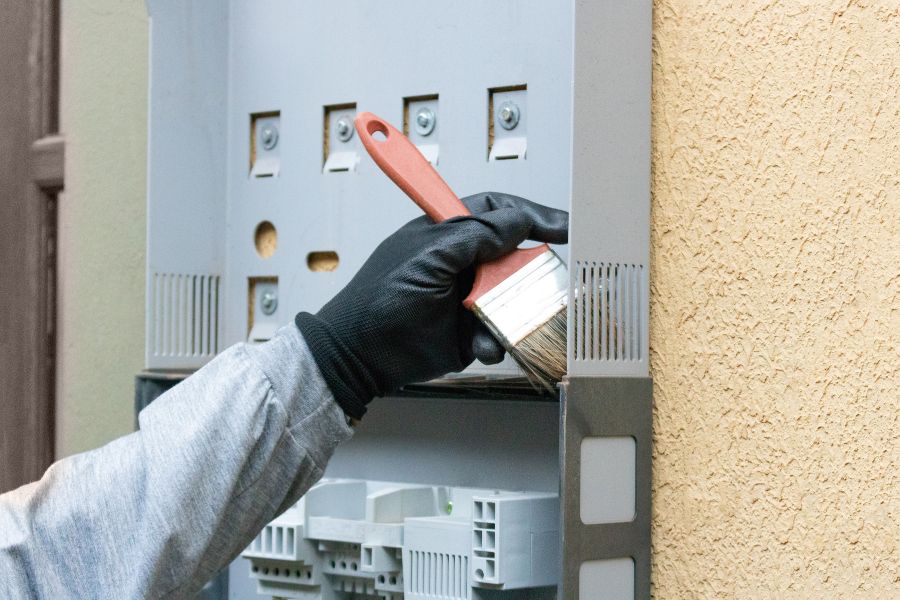
Regular monitoring and maintenance of the solar power system are essential to minimize the risk of inverter failures. By conducting routine inspections, system owners can identify potential issues early on and address them before they escalate.
Cleaning dust and debris, checking for loose connections, and ensuring proper ventilation are essential maintenance practices that can help prolong the inverter’s lifespan.
Conclusion
Solar inverters are critical components of solar power systems, enabling the conversion of DC electricity to AC electricity.
While the average lifespan of a solar inverter ranges between 10 and 15 years, technological advancements and quality improvements have increased their longevity. Factors such as quality, usage patterns, maintenance, and environmental conditions can influence the lifespan of inverters.
Investing in high-quality inverters from reputable manufacturers, following proper maintenance practices, and considering environmental factors can help maximize the lifespan of solar inverters.
Additionally, understanding warranty terms and seeking professional assistance in case of failure is essential for maintaining the performance and cost-effectiveness of a solar power system.
As solar energy continues to grow as a sustainable energy solution, advancements in inverter technology will likely further increase its durability and efficiency. System owners need to stay informed about the latest developments and best practices to optimize the lifespan and performance of a solar inverter. By doing so, they can enjoy the benefits of clean, renewable energy for many years.

